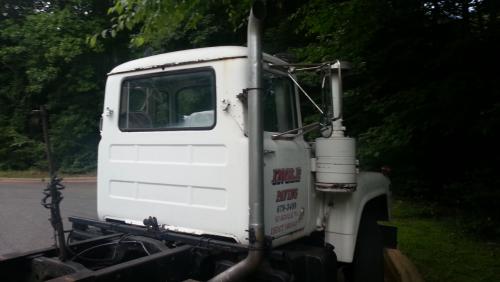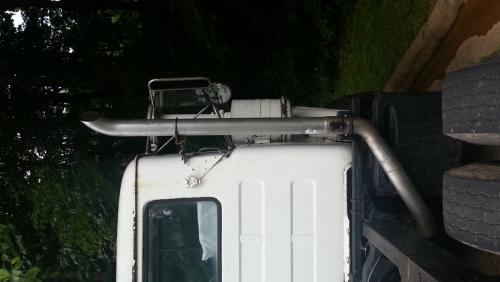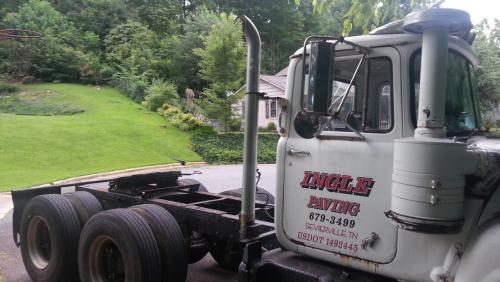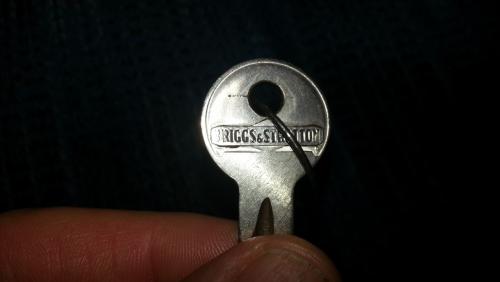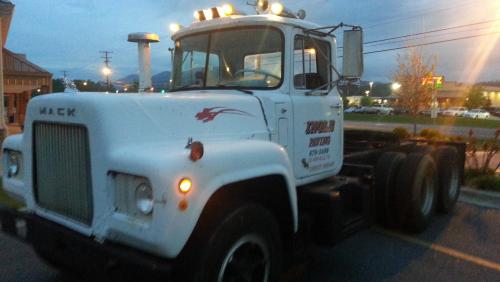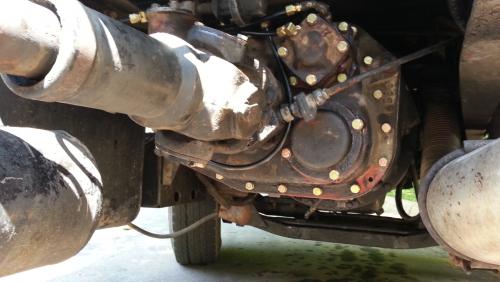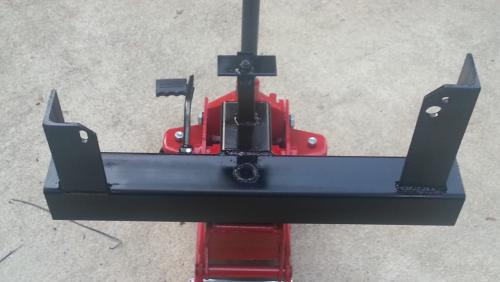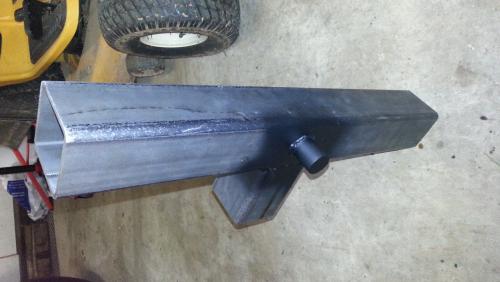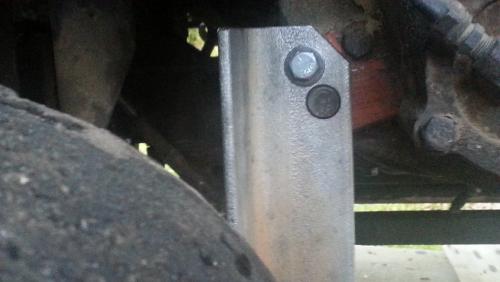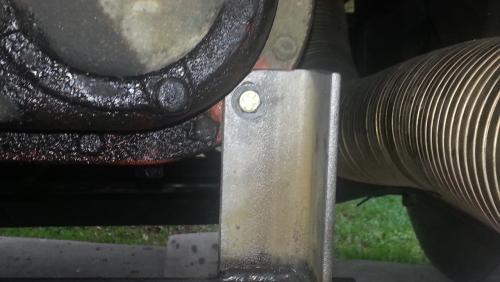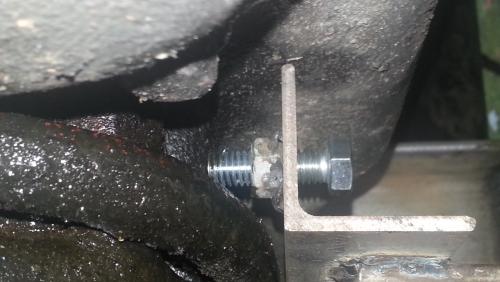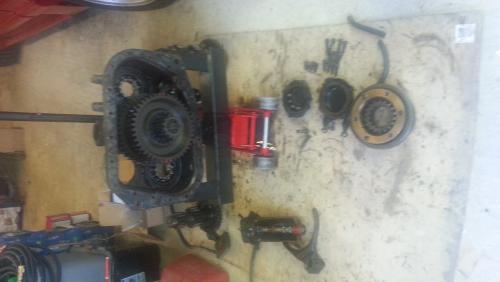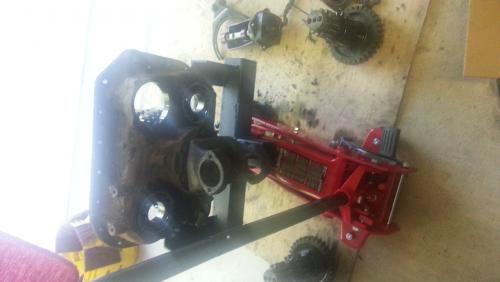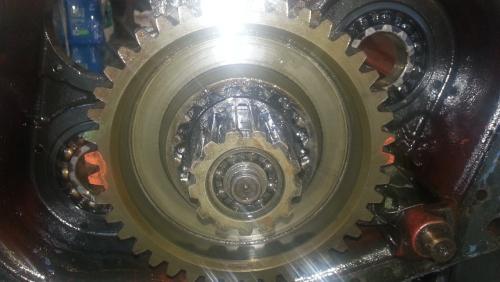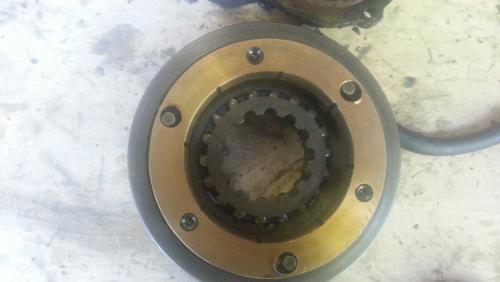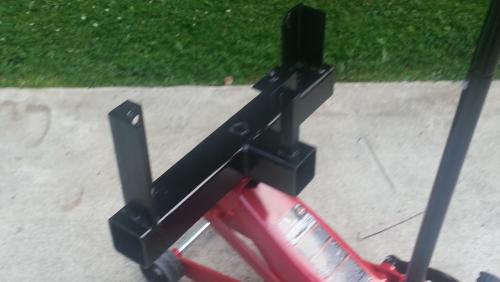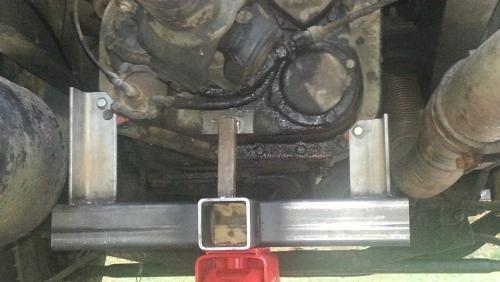-
Posts
2,624 -
Joined
-
Last visited
-
Days Won
37
Content Type
Profiles
Forums
Gallery
Events
Blogs
BMT Wiki
Collections
Store
Everything posted by doubleclutchinweasel
-
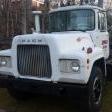
R600 Front Shocks?
doubleclutchinweasel replied to doubleclutchinweasel's topic in Driveline and Suspension
I presume you mean the Monroes? And how did you like them? -

R600 Front Shocks?
doubleclutchinweasel replied to doubleclutchinweasel's topic in Driveline and Suspension
Thanks, guys. The Monroe 66878 is what I found, as well. And, the Gabriel seems to be an 83221. Anybody used either of those? -
Need part number help! Front shocks listed on build sheet as 14QK2100. Found several variations on that (14QK2100P1, or P3, etc...). Trying to cross over to a correct Monroe or Gabriel number. Sometimes the P1 or whatever seems to matter...other times not. Findit parts lists several Mack versions, including the plain 2100 number. Prices vary considerably. Wonder if the P1 or P3 is a revision, or an actual different part. They don't necessarily cross over exactly the same, depending on whose chart you use. Anybody have direct, personal knowledge about this?
-
Mmmmm....curvy!
-
I heard it a bit different today. "Chrome won't get you home, but it might get you to HER place." Of course, they might have been talking about motorcycles...
-
Main considerations were cost & simplicity. The pipe was cheap & took 10 minutes to put on. Plus, back in the day, we never spent extra money on chrome...it didn't make us any more money!
-
Okay. Got tired of putting a jug over the stack every time it rained. And the black gunk that blew out when it started was a mess. So, here's a new piece of pipe to tote the smoke...and hopefully keep the rain out! Sorry for the sideways pic. Haven't figured out how to rotate them from my phone...
-
Drove The Dawg to work 3 times this week. Nothin' like an R-model for a daily driver! Finally did replace the water filter supply hose. It was pretty rough. Of course, when I opened the "spigots" to let the antifreeze back in, they both leaked. $#!&$#. Took them out temporarily & put plain elbows in. Nice thing about an old Mack; you can usually fix one with parts from the hardware store! Seems like we have forgotten that on all the new stuff... By the way, the hose fittings on mine were 45º "SAE" fittings, not 37º "JIC" fittings. ..just in case anybody was interested... All the stuff I've done on this toy so far has been very educational. Sorry I'm not better at documenting it with pictures. But, I would be glad to advise on anything I've learned.
-
Thanks! It's nice to be appreciated for your weaseliness!Kent
- 17 replies
-
- 1
-

-
- range shift
- road ranger
-
(and 1 more)
Tagged with:
-
- 17 replies
-
- 2
-

-
- range shift
- road ranger
-
(and 1 more)
Tagged with:
-
Replaced the leaky rubber hoses on the transmission with tubing this morning. No more leaks! Maybe get some pics this afternoon.
- 17 replies
-
- range shift
- road ranger
-
(and 1 more)
Tagged with:
-
The parts used were as follows: Synchronizer Kit: K-3493 (New Rings and New Sliding Clutch) O-Ring Kit: K-1447 Gasket Kit: K-2199 This K-3493 (formerly K-2447) synchro kit includes the K-2446 kit (improved rings and new springs), and includes the 20336 sliding clutch. This eliminates the trouble of trying to make sure the hub used matches up to the rings used. The 20336 hub has 13 splines. The other hub (20323) has, I believe, 18 splines. I hink that one was found on heavier transmissions. The 20336 replaces the old 16716, and the 20323 replaces the old 16759. The splines in the new hub continue completely through the bore, whereas the original hub in mine only had partial splines, and was relieved the rest of the way through. The new one, therefore, has much more spline engagement. I THINK the K-3491 (formerly K-2445) synchro kit MIGHT have fit the old hub, but don't quote me on that. I felt it wasn't worth fooling around with the old hub, considering the difference in the kit prices. Besides, now i have current parts! The O-ring kit and gasket kit were dirt-cheap, and were actually cheaper then just buying the handful of gaskets and O-rings actually needed. So, that one was a no-brainer!
- 17 replies
-
- range shift
- road ranger
-
(and 1 more)
Tagged with:
-
Everything is back in. Works MUCH better now. A couple of those old air lines still need attention. I'll probably tinker with that a little this weekend.
- 17 replies
-
- range shift
- road ranger
-
(and 1 more)
Tagged with:
-
Mine did it worse when it warmed up. Almost flawless when cold. About 50/50 when warmI tested it by rolling along at about 20 mph, in neutral, clutch released. Switch back & forth between high & low. Worked fine going into high, & always ground going into low. I'm hoping this straightens it out...
- 17 replies
-
- range shift
- road ranger
-
(and 1 more)
Tagged with:
-
A few more in-process shots of the aux box adapter weasel. Guess I'll end up building some other system when I need to pull the tranny.
- 17 replies
-
- range shift
- road ranger
-
(and 1 more)
Tagged with:
-
Thanks! I was kinda proud of that. I'm gettin' too old to hoss these parts around.
- 17 replies
-
- range shift
- road ranger
-
(and 1 more)
Tagged with:
-
A few pics of the aux box on the lifting weasel / work stand...and the errant synchro. Looks like the pin shoulders and hole edges are the culprits. I just hope the 4 generations of "superceded by" part numbers are accurate, 'cause I've ordered the new synchro set based on them!
- 17 replies
-
- range shift
- road ranger
-
(and 1 more)
Tagged with:
-
Hopefully, I can post some pictures of the process soon. Raining too hard right now...
- 17 replies
-
- range shift
- road ranger
-
(and 1 more)
Tagged with:
-
Yeah, that's what I've been doing, too! I hope I find everything else in there in okay shape. Don't want to spend a fortune in there. But, it works now...even downshifts smoothly about half the time. So, I'm hoping it's mostly sound. Anyhow, I'm hoping a complete synchro kit (about $250), a gasket kit (about $35), and an O-ring kit (about $15) will smooth it out. If the rain'll hold off, I'm going to try and tear into it this evening. We'll see...
- 17 replies
-
- range shift
- road ranger
-
(and 1 more)
Tagged with:
-
My RTF-915 Road Ranger has started grinding when shifting from hi to lo range. It's fine going into hi. I think I've found the most likely part numbers for the synchro unit, gasket kit, & o-ring kit. I've also downloaded the parts and service manuals from Eaton. These pictures are of a device I've built to attach the auxiliary section of the trans to a floor jack to aid r&r, as well as serve as a work bench. Once I get it apart, hopefully I'll be able to verify part numbers & get it shifting smoothly again. At a future date, I'll also need to drop the whole box & put in a clutch. When I do that, I think I'll tear the box down & convert it to an overdrive model. But, that's another story... More pics & updates to follow...
- 17 replies
-
- range shift
- road ranger
-
(and 1 more)
Tagged with:
BigMackTrucks.com
BigMackTrucks.com is a support forum for antique, classic and modern Mack Trucks! The forum is owned and maintained by Watt's Truck Center, Inc. an independent, full service Mack dealer. The forums are not affiliated with Mack Trucks, Inc.
Our Vendors and Advertisers
Thank you for your support!



